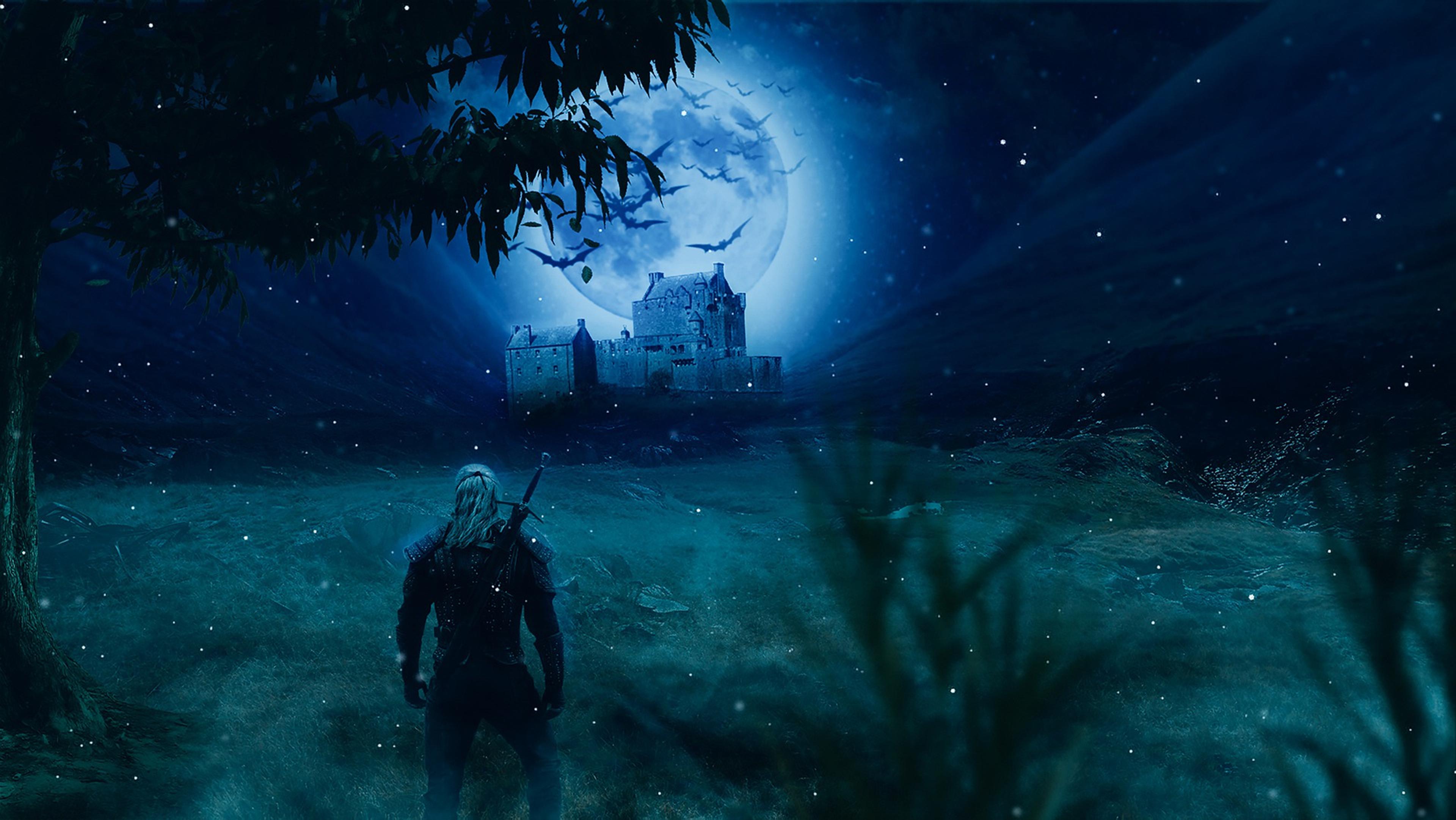What Game Artists do:
A Game Artist is usually a cross between an animator and a 3D modeler as their role involves creating 2D and 3D art for video games.
Game Artists work on all the visuals needed to bring a game to life – characters, environments, props, textures etc. – by adding their creative flair to design briefs and concept art.
Game Artists start off with sketches, then develop them into 2D or 3D models to match the style and theme needed for the game. This is usually done through collaboration with the Video Game Creative Director.
Game Artists can also have specialised roles and responsibilities depending on the size of the game studio or publisher.
This includes the Environment Artist, tasked with world building and everything to do with the game’s environment; the Visual Effects Artist, tasked with things special effects like crashing waves, power-up visuals, and explosions; and Technical Artists, tasked with developing game mechanics that will allow other artists to create the motions, animations, and textures possible.
What Game Artists are good at:
Being detail-oriented, creative, and having in-depth knowledge of animation technology and software.
Working in a team and showing great people and communication skills.
Using software like Houdini, Illustrator, After Effects, C++, Maya, or Blender to a high technical level.
Drawing with different styles and techniques across different mediums, digitally and traditionally (like on paper or a canvas).
Applying different animation styles, from 3D to 2D vector animation.
Understanding technical visual language - texture, colour, depth of field, dimension, scale etc.
Storytelling through leading dynamic storyboarding and narrative development appropriate for the game and its characters.
Applying art designs into game engines and understanding their technical limitations and possibilities.
Applying knowledge of technical audio equipment and software for different types of sound effects and sound mixing.
Modelling 3D designs
How to become a Game Artist:
You can study through A-levels or Higher or Level 3 vocational qualifications in relevant subjects like Art and Design, Graphic Design, or Video Games Art
You don't need a degree to become a game artist as most employers looking for Game Artists tend to focus on their experience and portfolio. It’s therefore possible to start your career through work experience or an apprenticeship.
However, many Game Artists do have a degree in Game Design, Animation, Graphic Communication, 3D Modeling or similar subjects as the experience may be preferred.
“Design a game. No seriously just sit down and design a game. What do you think would be fun? What are the constraints that make it into a game, how do you make sure it's fair etc. Next play test that game. Make it out of paper or keep track of stats on paper. If it's not fun on paper no amount of graphics will save you in the final version. Make sure it's fun, decide whether you should start over or reiterate to make it more fair/fun/whatever your objective is. Finally, if you make it this far, start to build it.”
Dane Christenson, Software Developer at Intellimedia
How much you could earn:
Starting salaries for Game Artists are typically around £18,000 and £25,000 in the UK.
More experienced and senior artists can earn between £30,000 and £40,000.
Lead artists can earn higher salaries ranging from £40,000 to in excess of £60,000. (Source: Glassdoor)
